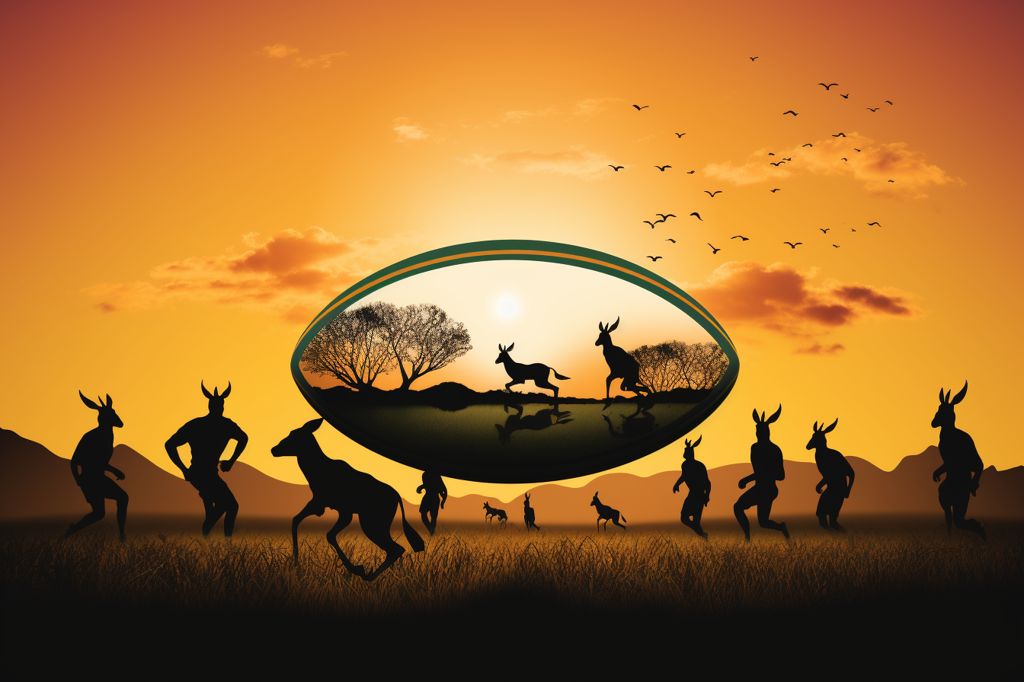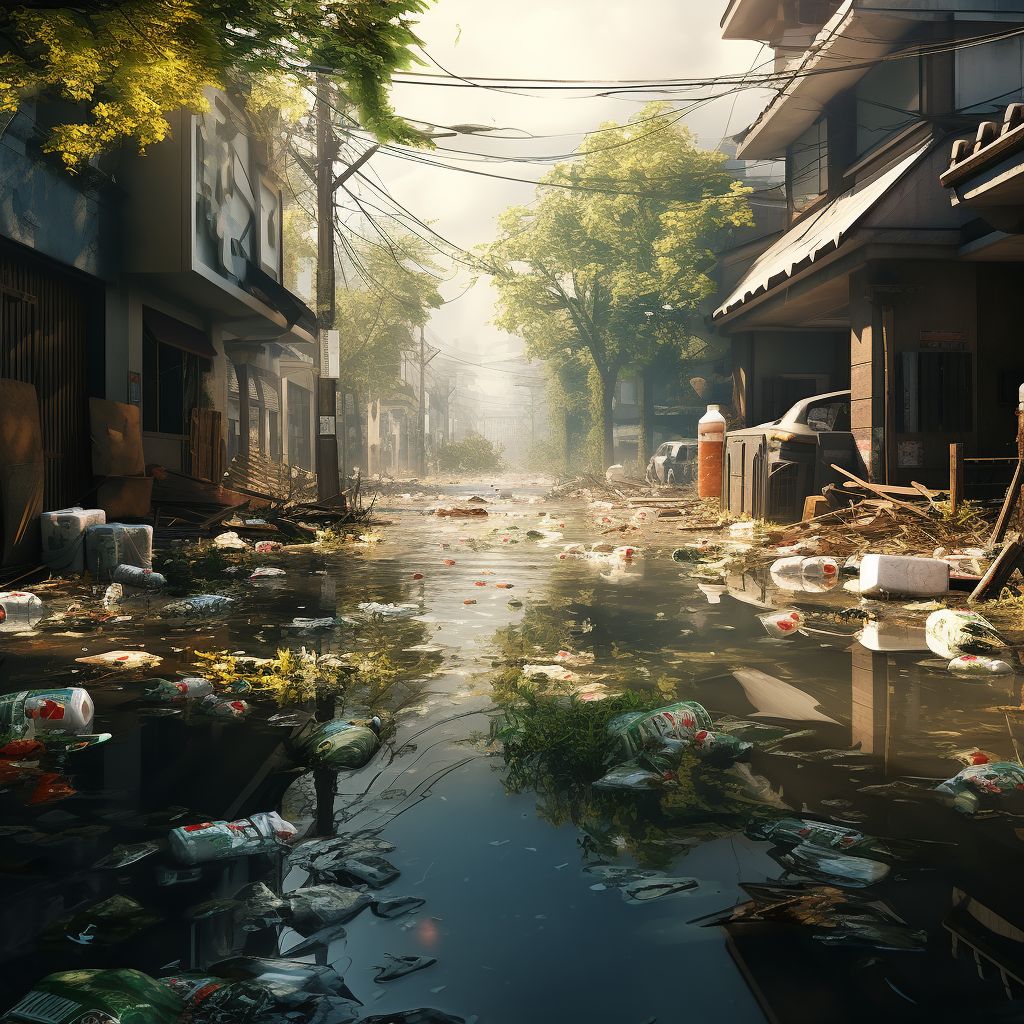The Springboks are gearing up for the upcoming Rugby Championship, which features a series of crucial Test matches. Their first challenge will be against Australia, and as the team prepares for the World Cup, striking the right balance in squad selection is essential. The lineup is expected to showcase a mix of well-known and fringe players, presenting opportunities for some to prove their worth on the grand stage.
Showcasing Fresh Talent
In their first match against Australia, the Springboks will feature a blend of regulars and relatively unknown players, including Canan Moodie, Andre Esterhuizen, Manie Libbok, and Marco van Staden. This game will be an opportunity for them to make their mark and potentially secure a place in the World Cup selection.
The Anticipated Starting XV
The anticipated starting XV for the Springboks at Loftus Versfeld includes Willie le Roux as the full-back, Kurt-Lee Arendse and Lukhanyo Am as the wings, André Esterhuizen and Canan Moodie as the centers, Manie Libbok as the fly-half, Cobus Reinach as the scrum-half, Duane Vermeulen as captain and the number eight, Marco van Staden and Pieter-Steph du Toit as the flankers, and a choice between Marvin Orie and Jean Kleyn as the locks. The front row consists of Frans Malherbe, Bongi Mbonambi, and Ox Nché. This lineup showcases the team’s strength and depth with a seamless fusion of established players and fresh talent.
A Diverse Training Squad
The Springboks’ training squad features an eclectic mix of players from various clubs, including props Thomas du Toit, Steven Kitshoff, Vincent Koch, Frans Malherbe, Ox Nche, and Trevor Nyakane; hookers Joseph Dweba, Malcolm Marx, and Bongi Mbonambi; locks Lood de Jager, Eben Etzebeth, Marvin Orie, RG Snyman, and Jean Kleyn; loose forwards Pieter-Steph du Toit, Siya Kolisi, Evan Roos, Kwagga Smith, Marco van Staden, Duane Vermeulen, and Jasper Wiese; utility forwards Jean-Luc du Preez, Deon Fourie, and Franco Mostert; scrumhalves Faf de Klerk, Jaden Hendrikse, Herschel Jantjies, Cobus Reinach, and Grant Williams; flyhalves Manie Libbok, Handre Pollard, Damian Willemse, and Elton Jantjies; centres Lukhanyo Am, Damian de Allende, Andre Esterhuizen, and Jesse Kriel; and outside backs Kurt-Lee Arendse, Cheslin Kolbe, Willie le Roux, Makazole Mapimpi, and Canan Moodie.
This diverse array of talent demonstrates the Springboks’ commitment to building a powerful team capable of contending for the World Cup. While some positions are still open for debate, the Springboks’ performance in the upcoming Rugby Championship games will ultimately determine their ideal squad composition in the pursuit of glory.












